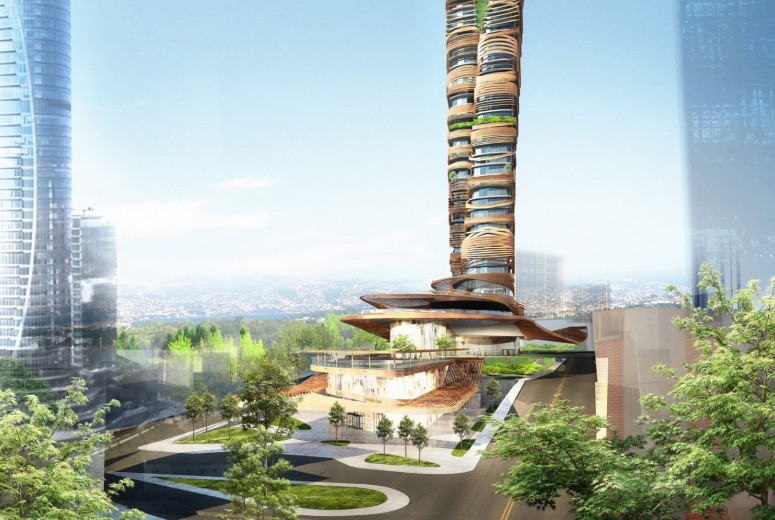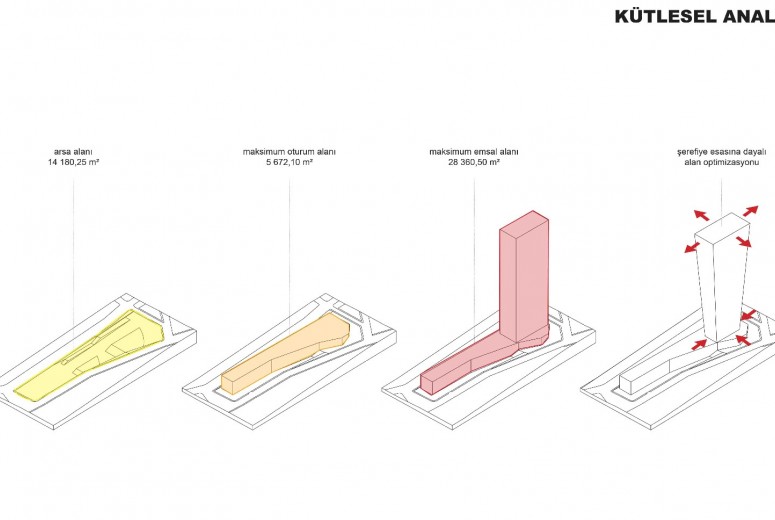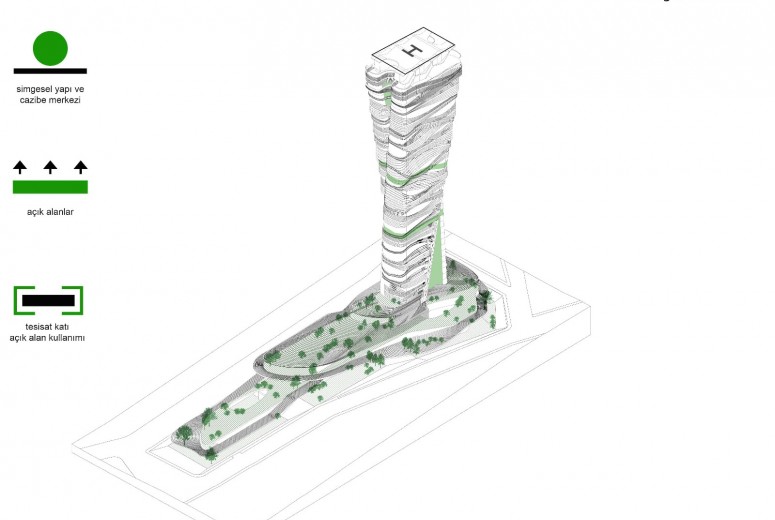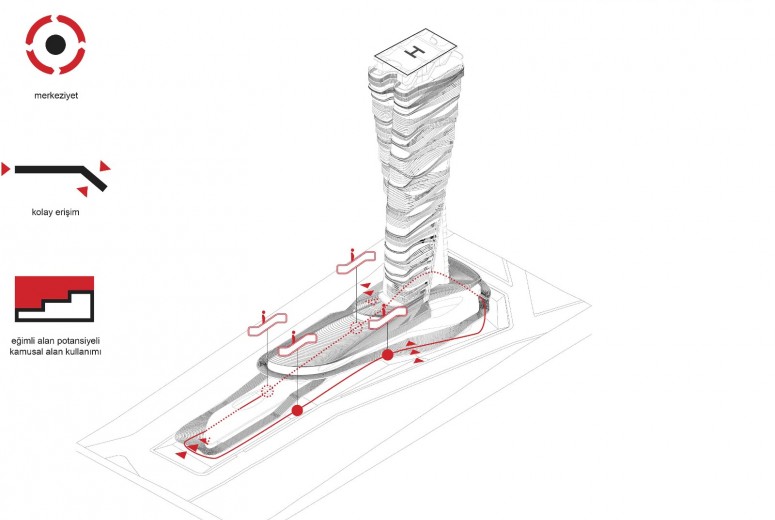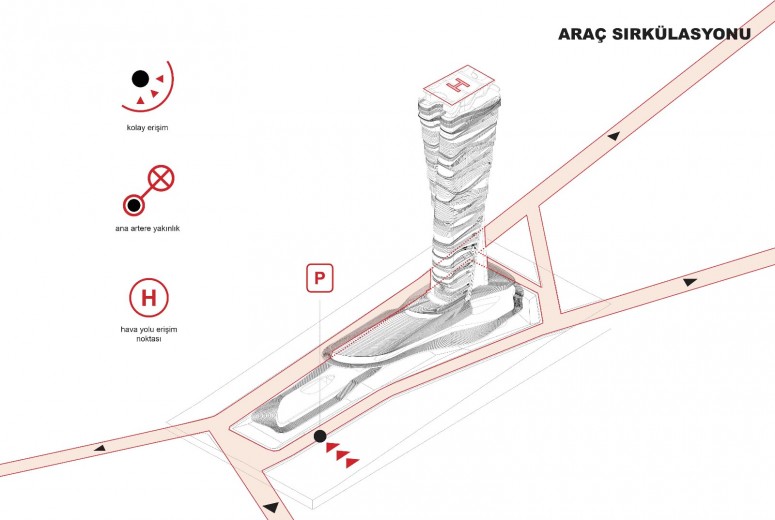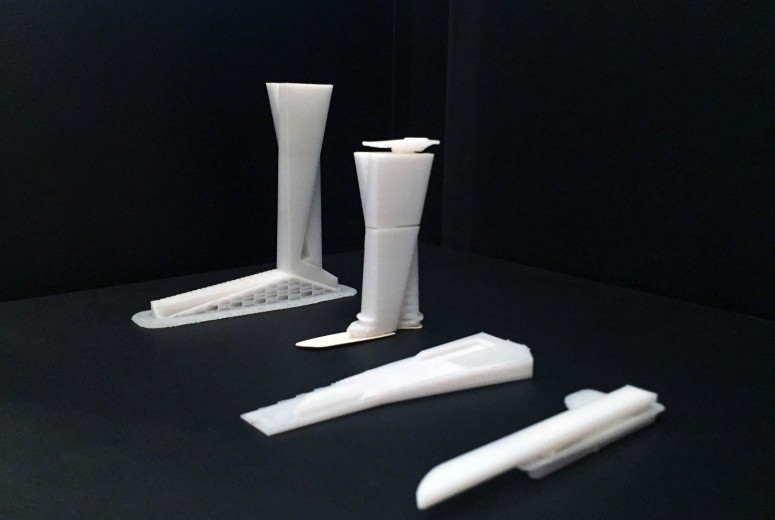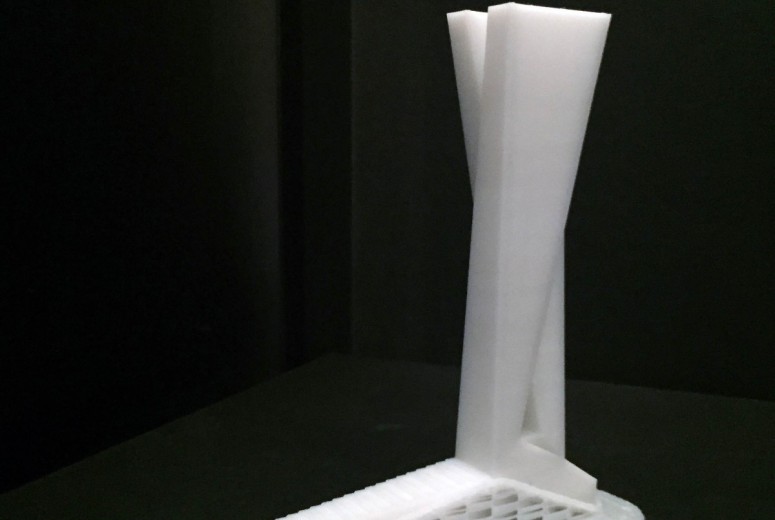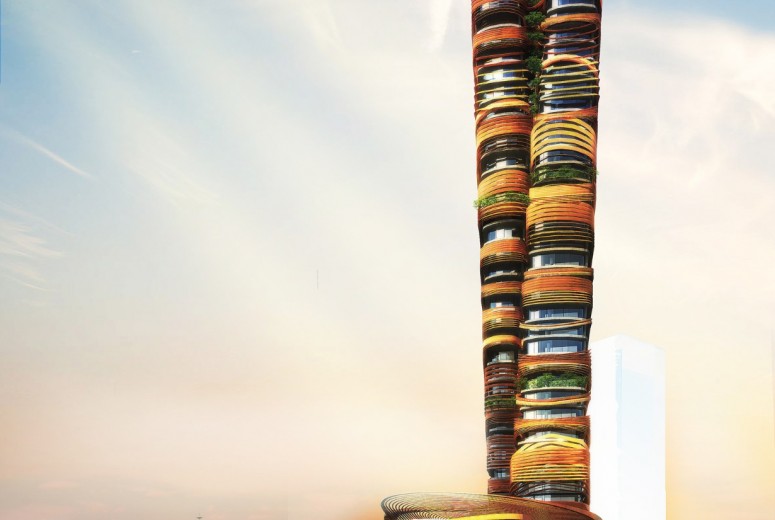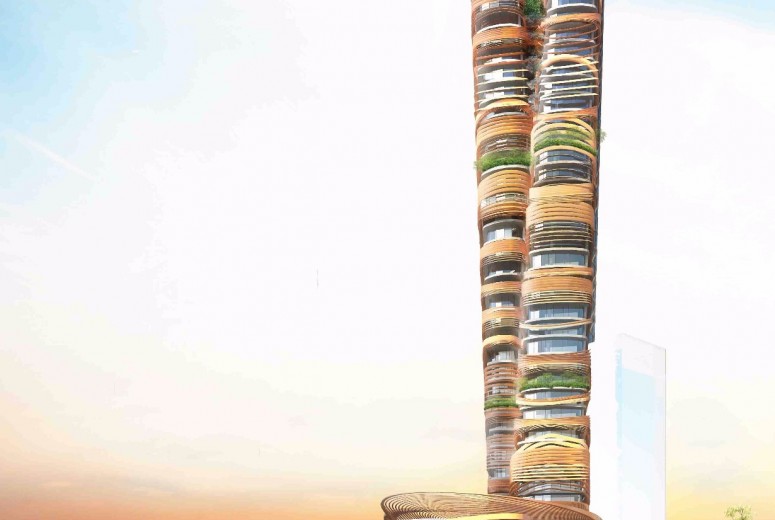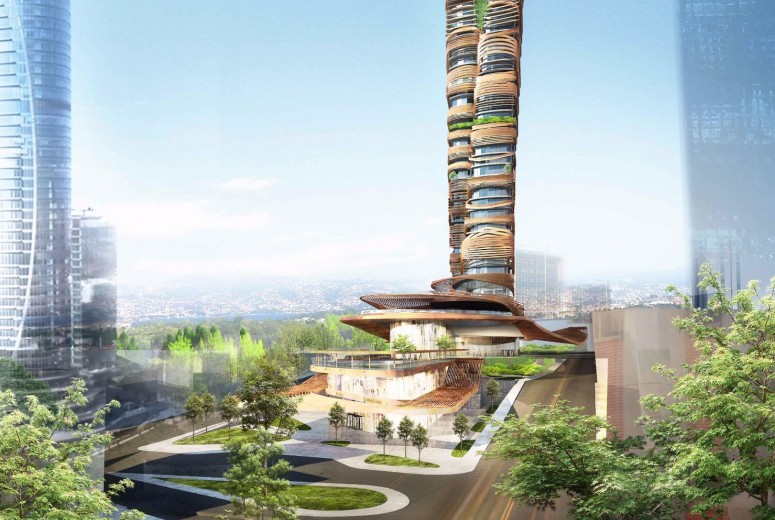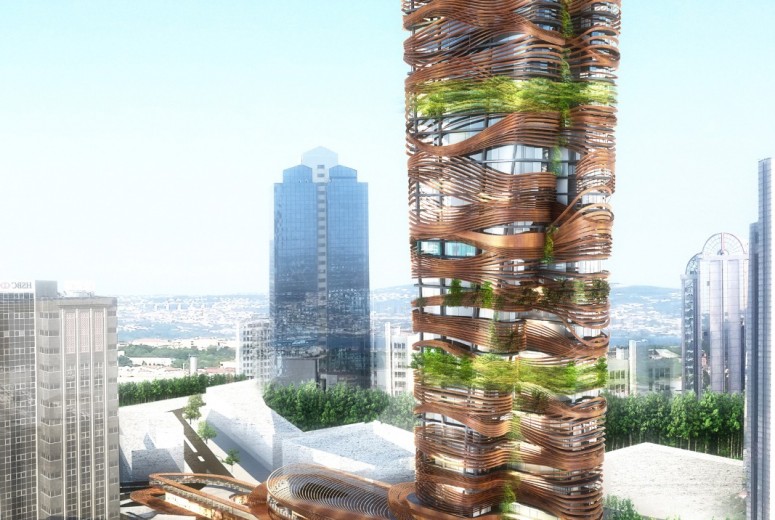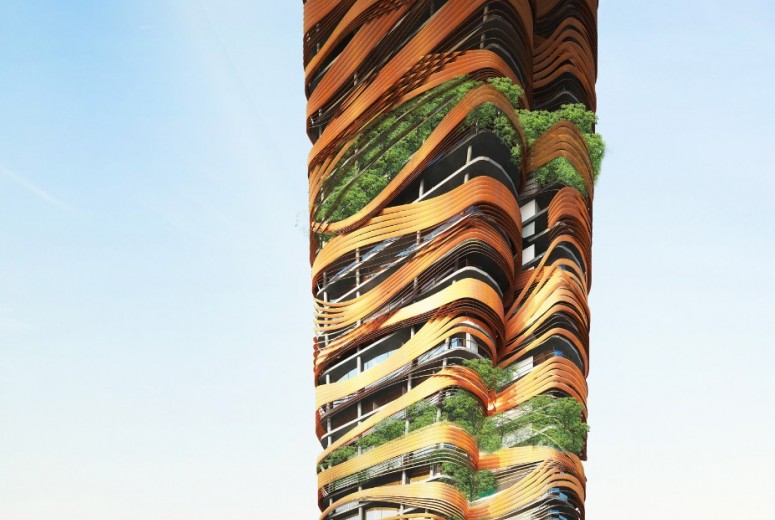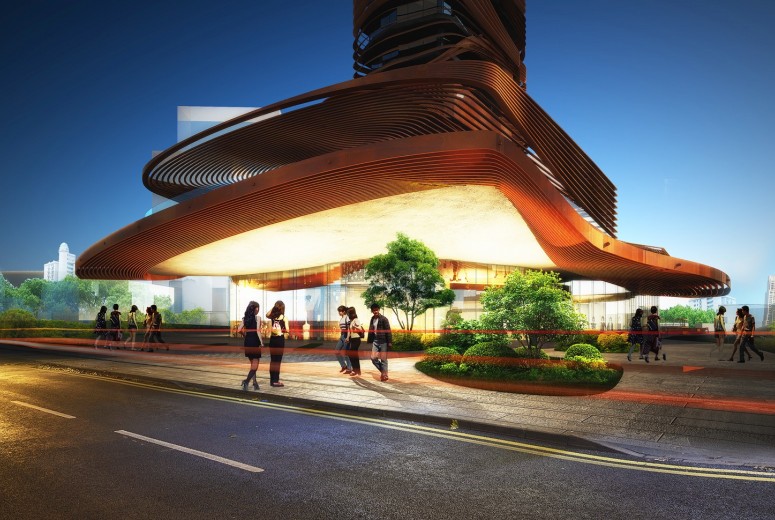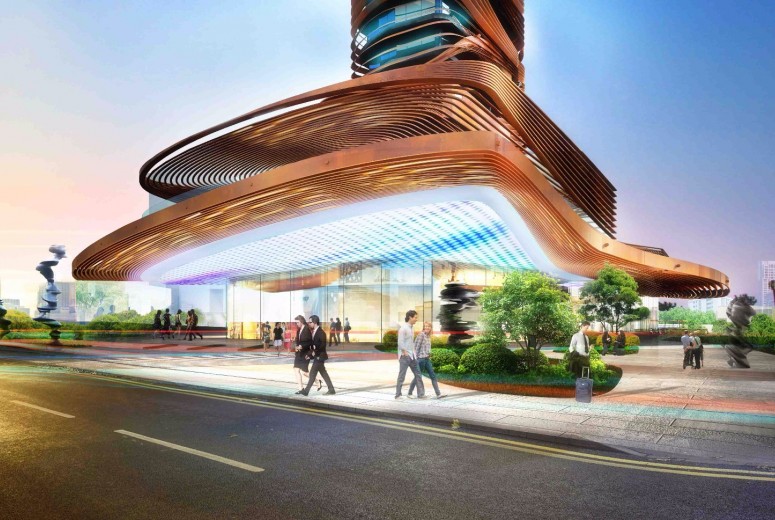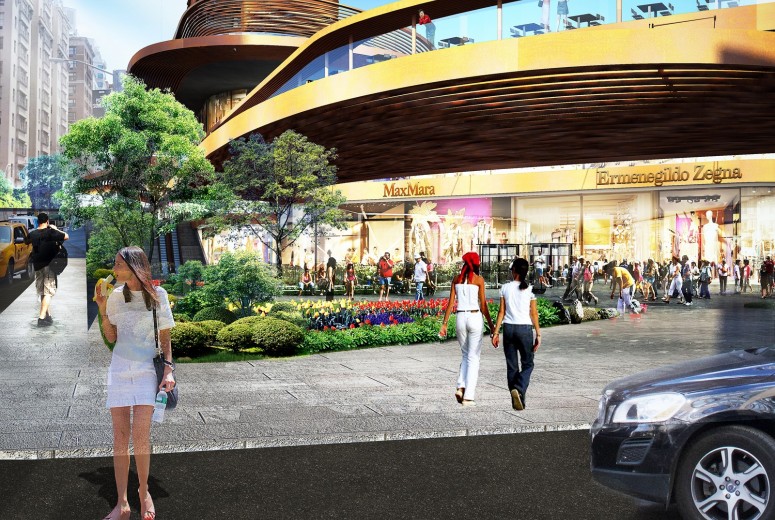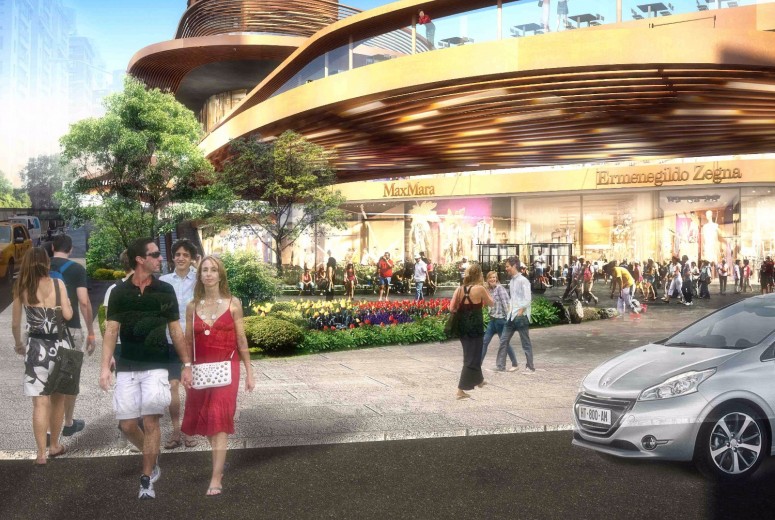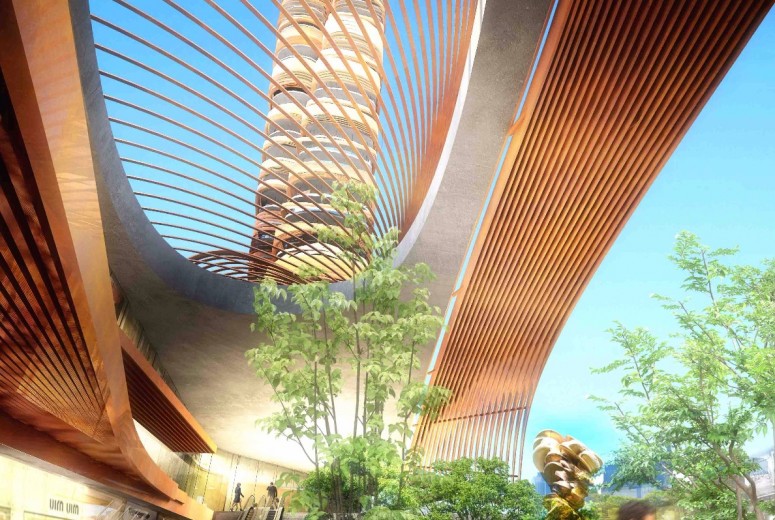Maslak / Istanbul / Turkey
Maslak / Istanbul
Turkey
Gokhan Avcioglu & GAD
Residential, Retail, Office, Hospitality
2015
Study
Turkey is a changing nation, while Europe has taken years to recover from the global financial crisis of 2007, Turkey has enjoyed a growing economy driven by construction, industry, aggriculture and the expansion of its infrastructure. Record numbers of tourists flock to its infamous coastline resorts and ancient cities. Istanbul, formally known as Constantinople, was the capital city and trade center for some of the most important empires the world has ever seen. A natural gateway between Europe and Asia, it has over four thousand years of history, though post 1923, Istanbul’s global importance was changed when the new Turkish Republic took drastic measures to shift the capital to Ankara. After this historical turning point Istanbul suffered unimaginable neglect, and its once picturesque skyline was ruined forever by thoughtless master-planning, illegal and uncontrolled development, destruction of thousands of historical buildings and the introduction of industry that poisoned the air and water. Some say the damage done can never be fixed, however since 2002 the new government has insisted to bring Istanbul back to its former glory. This has proven difficult with a nation who are totally disconnected with their own past. After the collapse of the Ottoman Empire and the rise of the Turkish Republic, industry was redirected to Istanbul. Industrial neighborhoods such as Maslak were built on protected lush forests that surrounded Istanbul. Now through a new initiative, Maslak’s greasy workshops are being replaced with leading global banks, corporate giants and business headquarters. Istanbul is such a large city that at a zoned location for this function on the Asian side simply wasn’t enough. The new project sits on a plot of land in Maslak which is on the European side, its central position gives it greater importance and responsibility in reclaiming lost green spaces, shaping the future of Istanbul and this location.‘‘Istanbul has a unique ambiance much like Paris, London or any other large city. Mistakes of the past can only be rectified as part of a national effort. However Istanbul’s problems are not just exclusive to bad zoning, the largest issues are traffic and infrastructure. Therefore Istanbul’s program to shift industry to commercial is just the start of a massive operation and our design caters for the new demands and types of spaces needed to fuel Istanbul’s growing commercial industry.’’ Gokhan AvciogluThe new commercial and office tower building by GAD is more than just another skyscraper. Designed to the highest of specifications and functional requirements, the project will form part of the fabric of Istanbul and will act as an urban hub that attracts people from the surrounding area. The design controls the circulation through the site from different directions and levels, allowing people to move in between, through connections and access routes.The site can be accessed and navigated via horizontal and vertical axes. At the lowest point of the sloping site the entrance to the underground car park for 348 cars can be found. The ground and first floor comprise of the retail segment which forms the base of the design spanning the entire site and tiers upwards forming terraces for social-retail use and creates pathways that effectively carve the geometric form of the entire building. At the rear end and the highest point of the slope, two towers extend out and upwards, interdependently, unified with one core. At first glance they appear as one building, merging into one another and enlarging in floor space and ceiling height towards the top. The strategy here was to provide a greater amount of floor space that benefited from the vistas in high ceiling, lofty spaces, but also to lessen the impact when looking at the building from the outside. At ground level several local urban spaces have been incorporated into the design evolution. This has been achieved by linking them via sightlines and visual axes to the urban features and access points within the design. The links between the urban spaces and the building is greatly intensified by the vertical and horizontal gardens that flow out from ground level to the helipad at the top of the towers, unifying the balconies on every floor to the urban spaces below. These visual axes centralize the site at the heart of Maslak making it an urban focal point that extends out connecting it to the surrounding urban sprawl.The playful, feminine characteristics of the cladding wraps around the building creating compositions, openings, shelters, identifies the form, plays with natural light to create dimension and change, but also protects the building from solar gains in the summer and heat loss in the winter. Earthy tones mixed with gold and copper express opulence and solidity which is a theme consistent throughout the whole design.The sloping site with a variance of 15 meters, poorly planned streets and a high density of the locality calls for a design that sets a new standard. Istanbul is known for its marvelous geography and the wonders and beauty of its locality, though largely due to dense urban development, few are lucky to catch a view of the infamous Bosphorus strait and the rolling hills that surround the city, the latter an attribute only devoted to Rome. ‘‘We wanted to give this inverted form greater structural stability, therefore we have devised a two legged system that comes from the two towers merging into one another. With this, the top of the building can be much larger than the bottom and this doesn’t affect its structural integrity.’’ Gokhan AvciogluThe unique feature within the design accommodates the changes present within a shifting global culture. A greater focus is put on the theory of relationships, creating and managing them, where interdependent office space is easily merged from one building to the other by using the core as a gateway. The borrowing of space is seen as a kick starter to allow people to form meaningful relationships that can lead to productive working environments which are more ethical in their approach and promote social values that have a fulfilling effect on the users of the building. As industry is rezoned equally to other cities, the demand for higher quality office space increases in Istanbul, the lure of Istanbul still brings in larger and larger corporations including the Turkish Central Bank which is set to relocate from Ankara by 2020.
